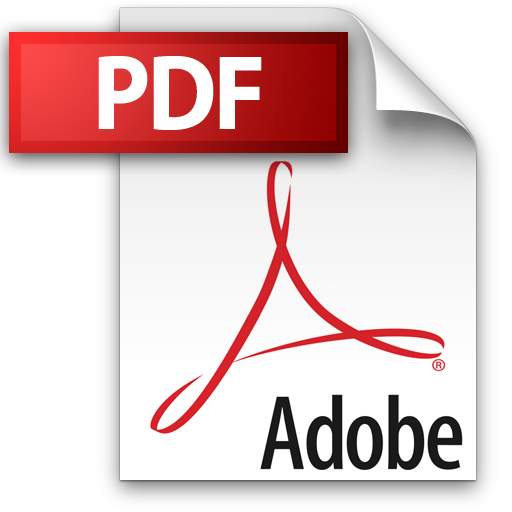1 | Add to Reading ListSource URL: fachtagung-ig2016.univie.ac.atLanguage: English - Date: 2016-06-23 08:38:12
|
|---|
2 | Add to Reading ListSource URL: www.ling.ohio-state.eduLanguage: English - Date: 2005-11-17 10:39:11
|
|---|
3 | Add to Reading ListSource URL: fachtagung-ig2016.univie.ac.atLanguage: English - Date: 2016-06-23 08:40:26
|
|---|
4 | Add to Reading ListSource URL: fachtagung-ig2016.univie.ac.atLanguage: English - Date: 2016-06-23 08:40:26
|
|---|
5 | Add to Reading ListSource URL: fachtagung-ig2016.univie.ac.atLanguage: English - Date: 2016-06-23 08:38:12
|
|---|
6 | Add to Reading ListSource URL: www.inf.ed.ac.ukLanguage: English - Date: 2016-01-26 05:39:56
|
|---|
7 | Add to Reading ListSource URL: tandy.cs.illinois.eduLanguage: English - Date: 2014-08-30 15:58:22
|
|---|
8 | Add to Reading ListSource URL: www.cs.rice.eduLanguage: English - Date: 2007-07-18 07:02:07
|
|---|
9 | Add to Reading ListSource URL: www.fon.hum.uva.nlLanguage: English - Date: 1999-12-20 18:00:00
|
|---|
10 | Add to Reading ListSource URL: www.fon.hum.uva.nlLanguage: English - Date: 1999-12-20 18:00:00
|
|---|